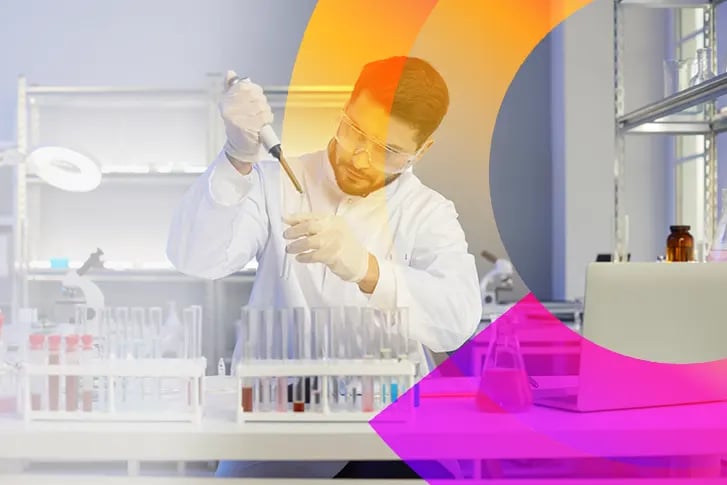Recent contamination of several drug products in India resulting in fatalities have prompted a new FDA guidance entitled "Testing of Glycerin, Propylene Glycol, Maltitol Solution, Hydrogenated Starch Hydrolysate, Sorbitol Solution and Other High-Risk Drug Components for Diethylene Glycol (DEG) and Ethylene Glycol (EG), May 2023".
The guidance focuses on "high-risk" drug components that have been found to be at higher risk of DEG or EG contamination compared to other drug components and provides guidance to drug product manufacturers on the proposed safety limit and reporting requirements when DEG/EG levels exceed/exceeded the proposed safety limit.
Many high-risk drug compounds may already specify the required DEG and EG testing in the respective compendial monographs (USP, NF etc). If so, testing for DEG and EG must be performed on the said drug compound prior to use. The testing requirements may be found either under the identity methods, the impurity methods or specified elsewhere in the monograph. The relevant "identified safety limit" for DEG and EG is "Not more than (NMT) 0.10%".
The following compounds were specifically listed in the guidance (either in the text or in the footnotes):
| Compound |
|
| Glycerin |
Polyoxyl 35 Castor Oil |
| Propylene Glycol |
Polysorbate 20/40/60/80 |
| Maltitol Solution |
Polyoxyl 15 Hydroxystearate |
| Hydrogenated Starch Hydrolysate |
Polyoxyl 20 Cetostearyl Ether |
| Sorbitol Solution |
Polyoxyl 8 Stearate |
| Polyethylene Glycol (MW <1000 only) |
Octoxynol 9 |
| Diethylene Glycol Stearates |
Nonoxynol 9 |
| Polyethylene Glycol Monomethyl Ether 350/550 (MW <600 only) |
Polyethylene Glycol 40 Castor Oil |
The FDA requires that "representative samples of each shipment of each lot of the (drug) component" contain "NMT 0.10% of DEG and EG before using that component in drug product manufacturing". "If any testing reveals that their distributed drug products contain DEG or EG levels in excess of the applicable safety limit (NMT 0.10%), manufacturers must issue an FDA Field Alert Report (FAR)". Additional recommendations in the guidance include:
- "Ensure the limit test for DEG and EG incorporates testing of samples from all containers of all lots of a high-risk drug component before the high-risk drug component is used in the manufacture or preparation of drug products."
- "For high-risk drug components where the DEG and EG tests are not included in the identification test of the USP-NF monograph for the component, a manufacturer uses a suitable and equivalent procedure that includes a test to detect and quantify DEG and EG. The Agency recommends that any tests to detect and quantify DEG and EG use a safety limit for DEG and EG of NMT 0.10%."
- "Drug product manufacturers maintain current knowledge of their supply chain for high-risk drug components (i.e., the identity of the original manufacturer of the component and any subsequent repackers or distributors)."
- "All personnel in pharmaceutical manufacturing facilities (especially personnel directly responsible for receipt, testing, and release of components) be made aware of the importance of proper DEG and EG contamination testing, and the potential hazards if this testing is not done."
- "Repackers, and others who distribute and prepare high-risk components for use in drug products, test the high-risk components that are used, sold for use, or intended for use in drug products. Accurate and complete COAs that identify the original manufacturer of the components should be issued for each component lot shipment."
- "Pharmacies that compound drug products that meet the conditions under section 503A of the FD&C Act (21 U.S.C. 353a) and that use high-risk components in compounding those drug products either test each lot of each high-risk component for DEG and EG content or ensure that such testing was properly done by a reliable supplier."
Drug product manufacturers should conduct thorough examination of the above mentioned materials used but nonetheless should expand the examination of other drug compounds/excipients, as part of a comprehensive risk assessment and to ensure sufficient mitigation controls are in place (e.g. conduct DEG/EG testing) to avoid potential DEG/EG contamination of their final product.
The CMC department of ProPharma Regulatory Sciences group can help you with both the risk assessment and design of the CMC control strategy to navigate successfully the regulatory pathway for your product.
Contact Us
